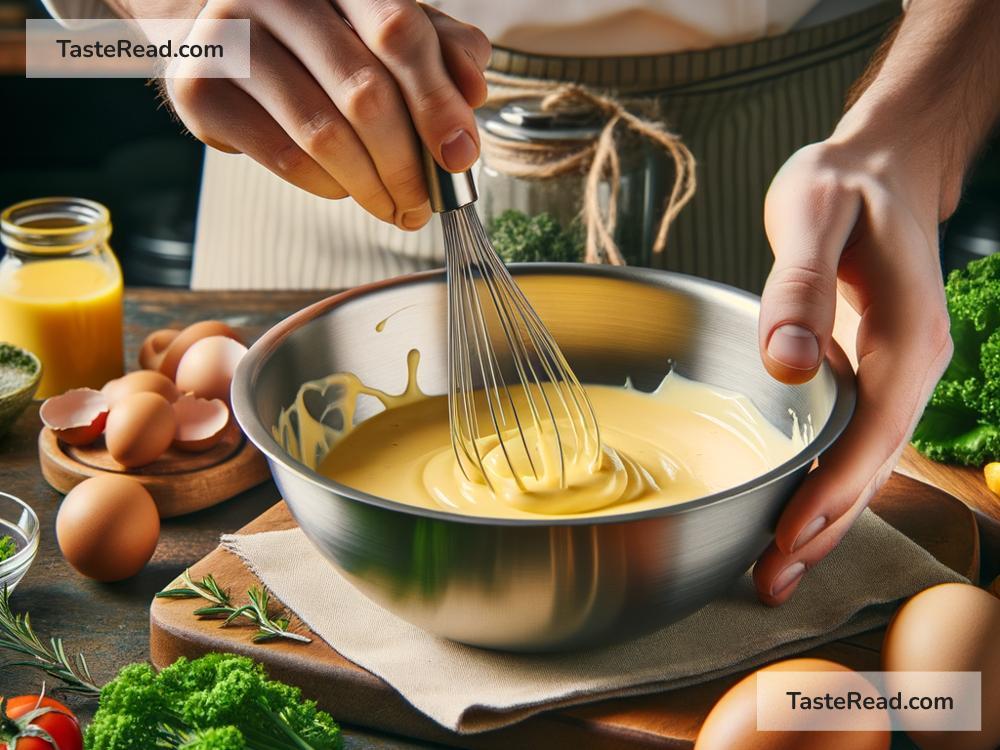Unveiling the Secrets to Classic French Sauce Mastery
Embarking on the journey of French cuisine can transport any kitchen into a realm of sophisticated flavors and aromas. The cornerstone of this storied culinary tradition lies in its sauces. Known for their intricate and refined qualities, classic French sauces are more than just accompaniments; they’re the whispering soul of French gastronomy. If the idea of mastering these sauces sounds daunting, fret not. Here’s a simplified guide to understanding and preparing some of the most beloved classic French sauces. You’re about to discover that with a bit of knowledge and practice, anyone can bring a touch of French elegance to their dining table.
The Foundation: The Five Mother Sauces
The epicenter of French sauce mastery starts with learning about the five mother sauces. These foundational sauces — Béchamel, Velouté, Espagnole, Sauce Tomat, and Hollandaise — are the base from which many other derivative sauces are born. Like learning the basic chords on a guitar before you can play a song, understanding these five sauces opens up a world of culinary possibilities.
1. Béchamel: The Milky Way
Starting with something familiar might make the journey less intimidating, and Béchamel is just the right starting point. At its heart, Béchamel is a simple mixture of butter, flour, and milk. It’s the creamy sauce at the heart of dishes like lasagna and a base for cheese sauces. Making it involves creating a roux — cooking equal parts butter and flour together until they form a paste, then gradually whisking in milk until you achieve a smooth, velvety sauce. Season with a bit of salt and nutmeg, and voilà, you’ve mastered your first French sauce!
2. Velouté: The Velvet Elixir
Velouté sauce is Béchamel’s cousin, but instead of milk, you use light stock (chicken, fish, or veal) as the liquid. Start the same way you would with Béchamel, with a roux, but then whisk in your chosen stock. The result is a lush, smooth sauce that acts as a canvas for adding flavors and ingredients, leading to sauces fit for draping over poultry or fish dishes.
3. Espagnole: The Rich Relative
Espagnole, or brown sauce, is a notch up in complexity and depth. Begin with a dark roux, then add tomato purée and finally, beef or veal stock. This sauce simmers with added mirepoix (a mix of diced vegetables), herbs, and sometimes tomato paste, for a rich, deep flavor foundation. Espagnole is a gateway to an array of hearty sauces perfect for meats.
4. Sauce Tomat: The Tomato Tango
Sauce Tomat marries tomatoes with a mixture of vegetables, pork, and seasonings, all simmered gently. Beginning with rendered pork fat (or olive oil for a lighter version), add in tomatoes, stock, and a bouquet garni (a bundle of herbs). What matures is a sauce that’s both vibrant and versatile – a celebration of tomatoes in their full glory.
5. Hollandaise: The Delicate Embrace
Hollandaise might seem like the high-wire act of the sauce world, but it’s entirely approachable with patience. Essentially, it’s an emulsion of egg yolks, lemon juice, and melted butter. Gently whisk egg yolks and lemon juice over a double boiler until thick, then slowly drizzle in melted butter while whisking vigorously. The key is to maintain gentle heat to prevent the eggs from scrambling. The reward is a smooth, buttery sauce perfect for eggs Benedict or asparagus.
Beyond the Basics: The Derivatives
With the mother sauces under your belt, a universe of derivative sauces awaits. Fancy a creamy mushroom sauce for your steak? Start with a Velouté and add sautéed mushrooms. Dreaming of a rich cheese sauce for your broccoli? Take your Béchamel, add cheese, and indulge. The combinations and possibilities are limited only by your imagination.
Practice Makes Perfect
The process of mastering these sauces does not demand perfection on the first try. Each attempt teaches something new, whether about the process or about your own preferences and style. French cuisine embraces the joy of cooking as much as the pleasure of dining. So, encourage yourself to experiment, adjust, and savor each step of the journey.
Bringing it All Together
Learning the fine art of preparing classic French sauces is more than just a culinary skill; it’s an invitation to explore the richness of French cuisine right from your kitchen. These sauces elevate simple ingredients to elegant dishes, drawing a line through centuries of culinary tradition to your dining table. So, why not pick a sauce to start with this week? With a little practice and a lot of passion, you’ll be weaving culinary magic in no time.
Happy cooking!


